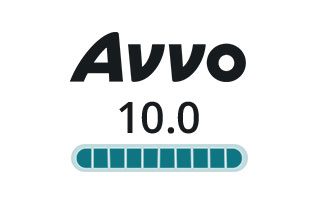A sudden motor vehicle accident, a slip on an icy sidewalk or a violent collision during a game can all result in a devastating condition known as a traumatic brain injury. Unfortunately, in busy hospital settings the many different symptoms of a traumatic brain injury — dizziness, blurred vision, loss of balance, etc. — can be misdiagnosed by medical professionals as symptoms of other, less serious conditions.
According to the National Institute of Neurological Disorders and Stroke, even a properly treated traumatic brain injury can result in a variety of disabilities ranging from minor cognition and communication problems to the onset of major behavioral/mental health issues and sensory deprivation. If these are the outcomes of treated traumatic brain injuries, one can only imagine the potential devastation wrought by untreated traumatic brain injuries.
Interestingly, researchers at the Commerce Department’s National Institute of Standards and Technology are currently developing a new technology that would not only eliminate some of the guesswork associated with diagnosing traumatic brain injuries but also help combat the growing problem of concussions in sports.
Through a field of study known as atomic magnetometry, these researchers have created small magnetometers — roughly the size of a sugar cube — that are designed to monitor the magnetic field of the brain.
While the technology is still only a prototype and has yet to be tested on live specimens, the idea is that hundreds of the magnetometers would line the inside of specially designed headgear and measure the brain waves of athletes leaving the field, court, ring or rink.
To illustrate, if a football player took a particularly violent hit during practice, he could submit to a neural examination with the headgear. If the magnetometers did indeed detect a small change in brain waves, the player would then know to seek immediate treatment and stay off the field for the foreseeable future.
One of the more exciting facets of this technology is that it is being developed with an eye toward mass-production, meaning it would be more affordable and more available to athletic offices/departments of all sizes.
If you or a loved one has suffered because of a medical professional’s failure to diagnose a traumatic brain injury, you should strongly consider consulting with a qualified legal professional.
Sources: The New York Times, “Early detection for brain injuries,” Anne Eisenberg, Aug. 25, 2012; National Institute of Neurological Disorders and Stroke, “Traumatic brain injury information page”





Leave a Reply